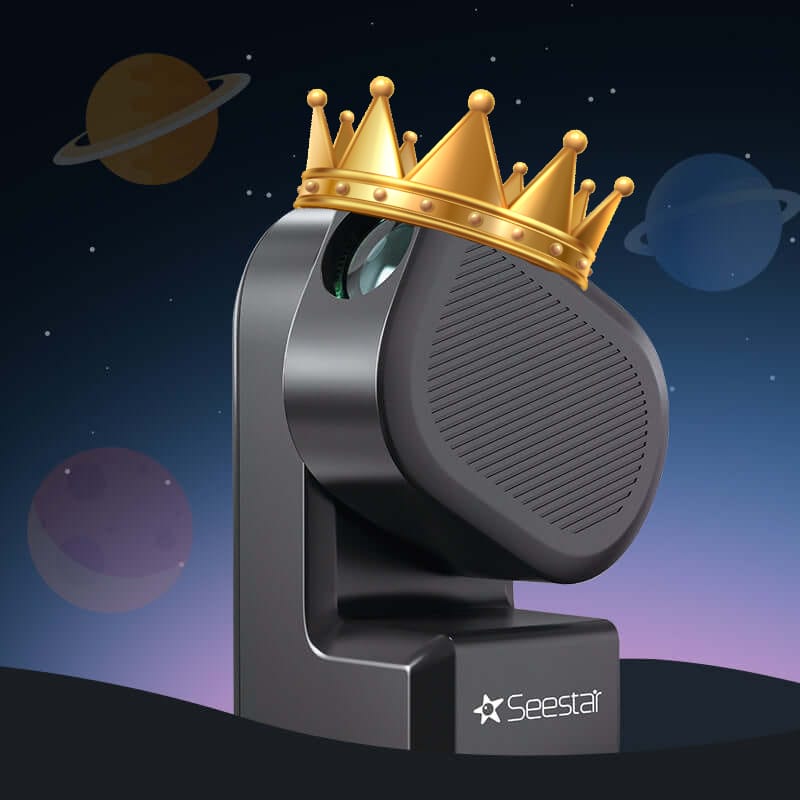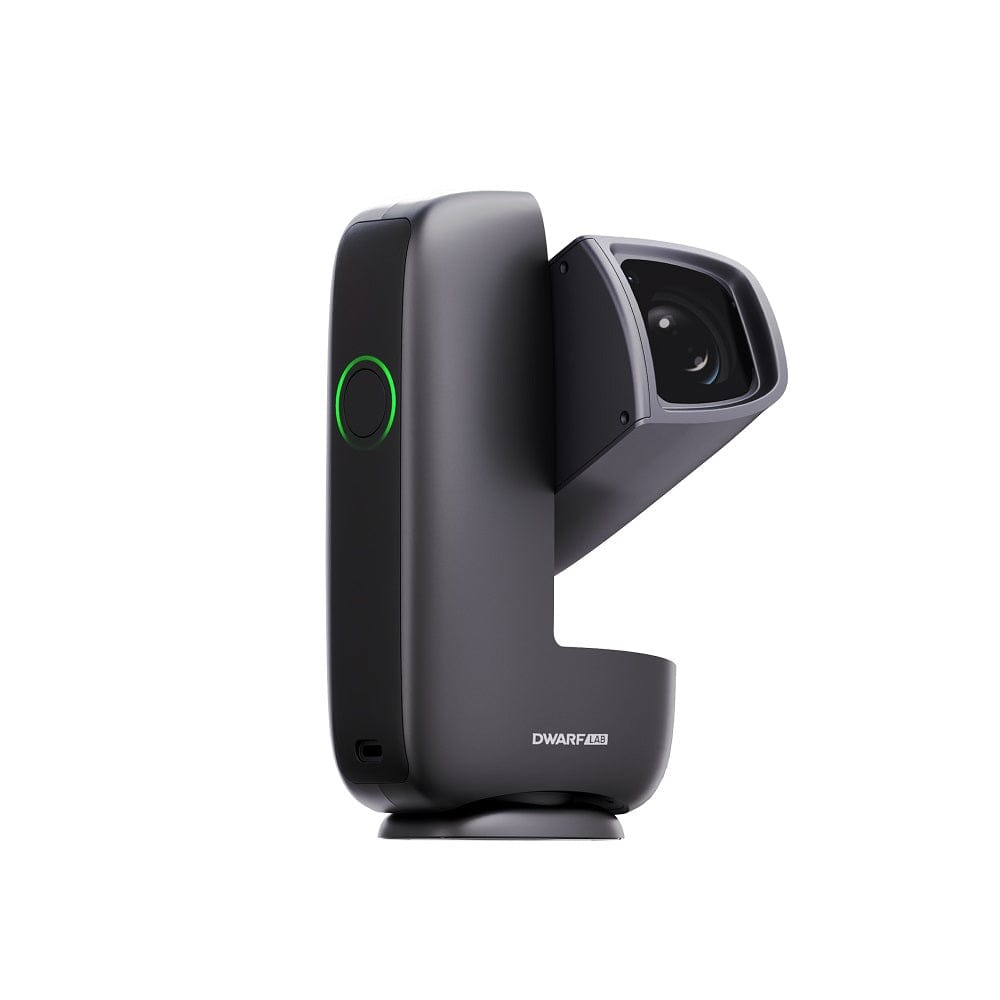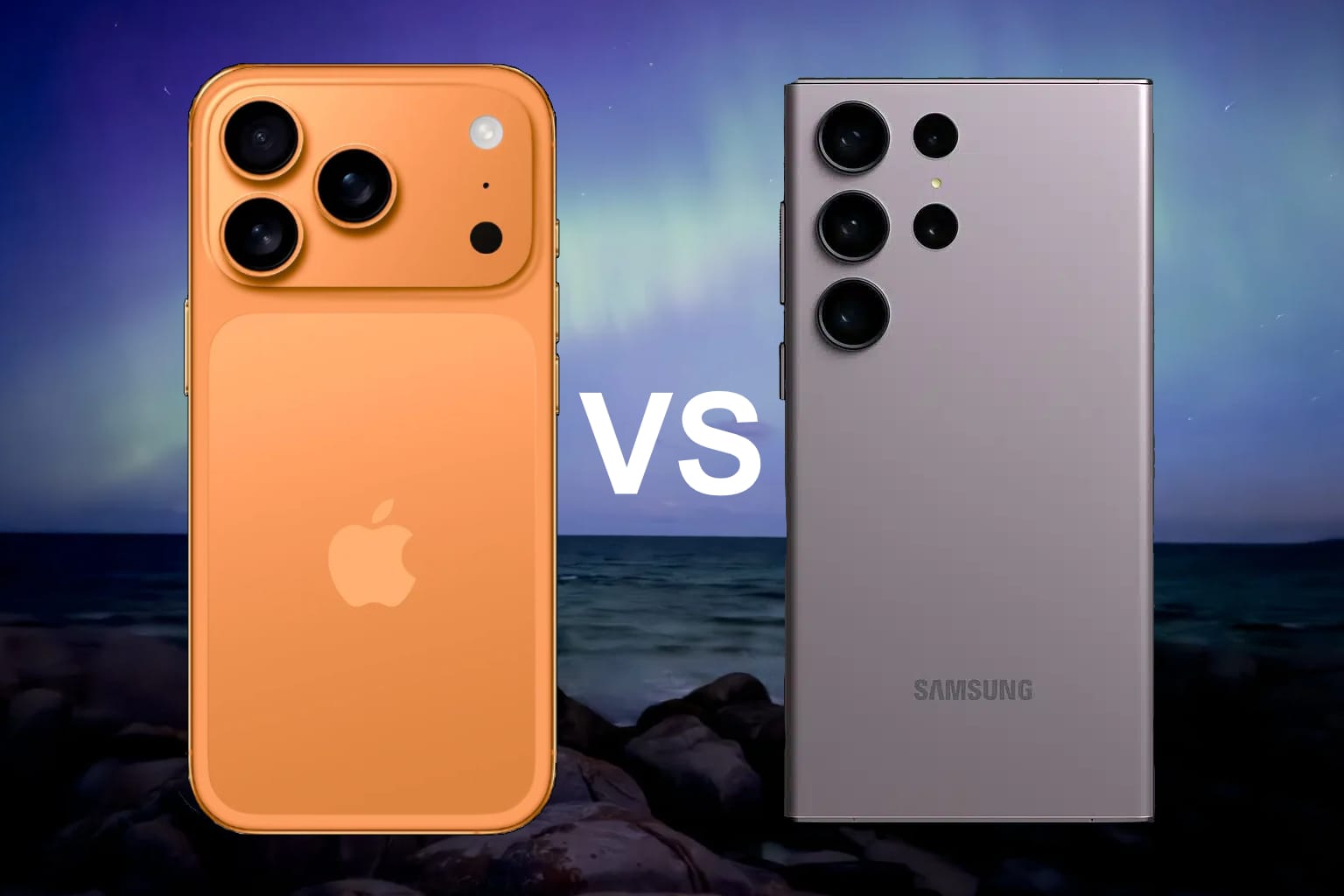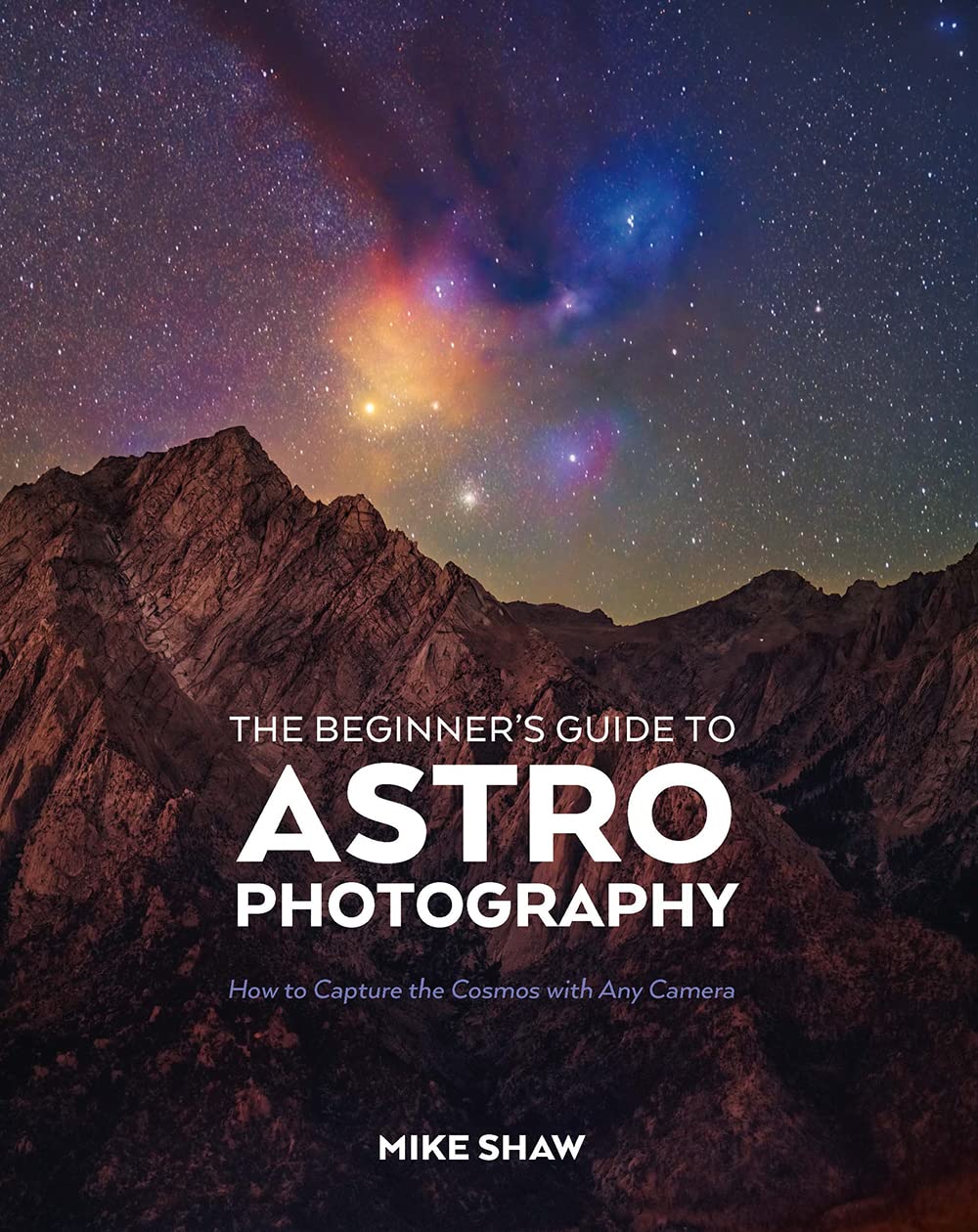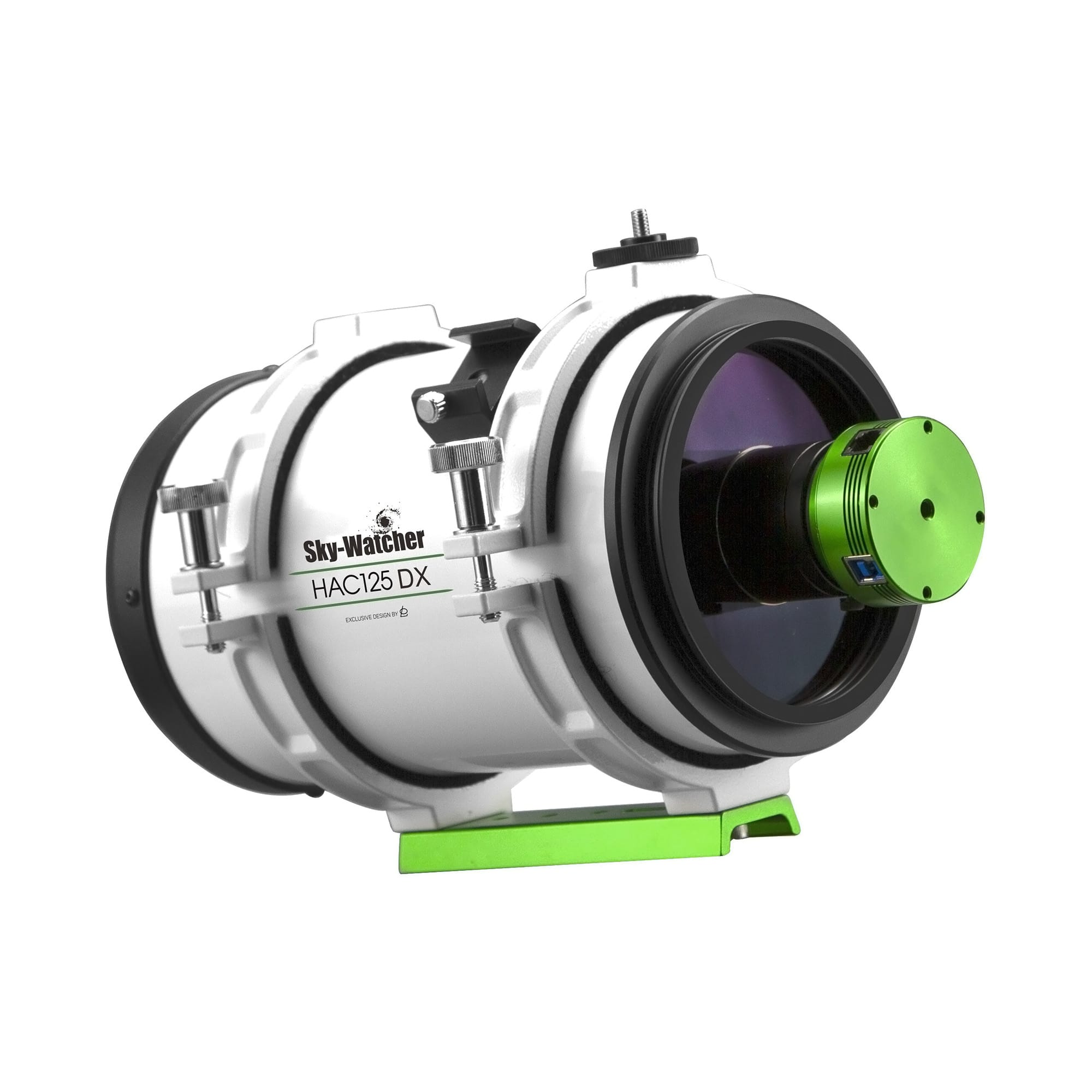Smart telescopes have revolutionised amateur astronomy, offering automated alignment, integrated imaging, and user-friendly interfaces. This 2025 comparison focuses on key performance metrics: sensor specifications, focal ratio (f-ratio), price, battery life, storage capacity, and weight. Each telescope is evaluated for its price-to-performance ratio, helping you make an informed decision based on real-world usability.
Comparison Table

Understanding Our Rating Metrics
The “Price-to-Performance Rating” is designed to evaluate each telescope not just on raw specifications, but on how effectively it balances cost with functionality and usability. Each telescope is rated on the following equally weighted criteria:
- Optical Performance: Assessed via aperture size and focal ratio, which together influence light-gathering and image brightness.
- Sensor and Resolution: Measured through sensor size and pixel scale (arcseconds per pixel), affecting field of view and detail resolution.
- Battery Life: Operational longevity during field use.
- Storage Capacity: Internal memory for saving images, crucial for multi-session imaging without needing offloads.
- Portability: Determined by overall weight and form factor.
- Cost: Market price in USD.
Each feature is scored against the field average, then normalised and combined into a five-star scale. This ensures a fair representation of real-world usability across price brackets.
Detailed Comparisons
ZWO Seestar S30
Standout feature: Ultra-portable and budget-friendly without sacrificing basic functionality.
The Seestar S30 scores a perfect ★★★★★ due to its impressive balance of affordability, portability, and capability. It shares the same Sony IMX662 sensor as the S50, delivers a reasonable 4.0″/pixel resolution, and maintains a solid 6-hour battery life. While its 30mm aperture limits deep-sky detail, it’s unbeatable as a beginner’s tool or a compact grab-and-go option.
Why it scored ★★★★★:
- Best-in-class value under $400.
- Excellent portability (1.65kg).
- Adequate resolution and sensor size for wide-field shots.
- No significant compromises in key usability metrics.
ZWO Seestar S50
Standout feature: Strong entry-level performance with larger aperture and a great price point.
Another ★★★★★ rating, the S50 enhances the S30 with a 50mm aperture, better image scale at 2.4″/pixel, and only a slight increase in size and cost. It keeps the 64GB internal storage and 6-hour battery life. It’s an ideal step-up telescope for those wanting better light-gathering power while maintaining simplicity and excellent value.
Why it scored ★★★★★:
- Improved resolution and image scale for just $100 more than the S30.
- Maintains strong storage and battery life.
- Very lightweight at 2.5kg.
- Ideal price-to-feature ratio for newcomers.
DwarfLabs Dwarf 3
Standout feature: Versatile dual-lens design with exceptional storage and battery capacity.
Rated ★★★★☆, the Dwarf 3 earns high marks for its flexibility — suitable for both astrophotography and terrestrial imaging. The 128GB internal storage and 10-hour battery life are the best in this list. However, its image scale of 2.75″/pixel is broader than the S50, and the 24mm aperture limits its deep-sky performance somewhat.
Why it scored ★★★★☆:
- Excellent storage and battery life.
- Good resolution for wide-field targets.
- Ultra-lightweight (1.3kg).
- Limited by small aperture and slightly coarser resolution.
Unistellar eVscope 2
Standout feature: Large aperture and enhanced live image stacking for high-res viewing.
Scoring ★★★☆☆, the eVscope 2 is a capable but expensive option. Its 114mm aperture and 1.72″/pixel resolution are solid, especially for deep-sky objects. However, its 9kg weight, $4,199 price, and lower storage (64GB) reduce its appeal for many users. While it offers an excellent experience with onboard processing, it struggles on price-to-value grounds.
Why it scored ★★★☆☆:
- Great aperture and resolution.
- Premium optics with an intuitive app.
- Price significantly inflates per-feature cost.
- Limited storage and not particularly portable.
Vaonis Vespera II
Standout feature: Design-forward approach with wide-field imaging and strong sensor.
Rated ★★★★☆, the Vespera II excels in aesthetics and usability. The sensor provides sharp 1.9″/pixel resolution, but it’s held back by just 10GB of internal storage and a 4-hour battery — both the lowest on this list. At $2,499, these compromises become more significant, especially compared to cheaper alternatives with better specs.
Why it scored ★★★★☆:
- Attractive, compact, and sleek design.
- Excellent resolution for large nebulae.
- Low storage and battery undermine its value at this price point.
- Mid-tier portability (5.9kg) is manageable.
Celestron Origin
Standout feature: Industry-leading optics and speed (f/2.2) for high-end astrophotography.
The Origin earns a ★★★★☆ due to its premium optical system. With a 152mm aperture and ultra-fast focal ratio, it’s made for serious deep-sky imaging. Its resolution of 1.5″/pixel is the highest among these scopes. However, it’s let down by its steep $3,999 price and bulky 10kg body, making it less appealing for casual users.
Why it scored ★★★★☆:
- Best resolution and light-gathering power.
- Strong storage and battery capacity.
- High cost and weight reduce its practicality.
- Excellent, but overkill for non-advanced users.
Final Thoughts
For those new to astrophotography or seeking a highly portable option, the ZWO Seestar S30 offers an excellent balance of affordability and functionality. Intermediate users may find the ZWO Seestar S50 or DwarfLabs Dwarf 3 to be suitable upgrades, providing enhanced capabilities while maintaining portability. Advanced enthusiasts looking for more power and flexibility may be drawn to the Vaonis Vespera II or Celestron Origin, depending on their budget and need for mobility.
This guide should help you identify which smart telescope best suits your observing goals and lifestyle, backed by real-world metrics and honest evaluation.

